As Russia ramps up its missile and drone strikes countrywide, all eyes are on Europe’s capacity to continue supporting Ukraine, with the future of U.S. military aid growing ever more uncertain.
Ukraine should have enough air defense missiles despite the persisting shortage to avoid the worst of the attacks, but much depends on the intensity of the Russian campaigns, according to the experts who spoke to the Kyiv Independent.
“I think what the Russians are doing now is trying to test how deep the pockets are and how large the inventories are on the Ukrainian and European side,” said Mikkel Vedby Rasmussen, professor at the University of Copenhagen, who specializes in military strategy and defense policy.
“If the Russians are actually able to, which they might not be, continue a very high operational tempo and thus deplete Ukrainian stocks, then I think it would be more difficult.”
Europe’s ability to bolster its own production line of air defense missiles and the possibility of continuing to buy interceptors from the U.S. to increase its capacity would be the major factors for Ukraine, the experts said.
Ukraine’s increasing reliance on Europe comes four months after U.S. President Donald Trump, who has held close ties with Russia, took over the White House. Trump has since then pushed both sides for a peace deal to end the war at all costs, threatening to walk away if there is no progress made in the near future.
Uncertainty mounts over the future of the military aid and intelligence sharing from the U.S., Ukraine’s most important ally.
Even as Moscow stepped into the peace talks and held a direct meeting with Kyiv for the first time in three years, Russian troops intensified missile and drone attacks on Ukrainian cities, including Kyiv, far from the battlefield. The deadly attacks raised questions about Moscow’s intent.
Amid missile shortage, Ukraine’s air defenses are struggling under Russian ballistic attacks
As the air defense missile stocks run low and the future of U.S. military aid to Ukraine grows increasingly uncertain, Kyiv is under pressure to defend its sky. The concerns mount as Russia scales up its aerial attacks across Ukraine, combining ballistic missiles and drones to overwhelm air defenses.


Missile shortage
Over the weekend, Russia launched a series of aerial assaults on Kyiv and other cities using dozens of missiles and drones, with the May 25 campaign killing 12 civilians across the country, according to Interior Minister Ihor Klymenko.
Ukraine has faced a shortage of air defense missiles, a source in the Air Force told the Kyiv Independent in April. The chronic shortage forces Ukraine to ration its resources even as Russia deploys more ballistic missiles in such attacks.
While Ukraine has received a variety of air defense weapons since the onset of the war, only the PAC-3 Patriot air defense missiles offer a reliable shield from Russia’s ballistic missiles due to their speed.
The Düsseldorf-based defense company Rheinmetall announced that talks are ongoing to create a joint venture with the U.S. Lockheed Martin, which produces PAC-3 Patriot missiles. The aim is to produce up to 10,000 missiles from long-range ATACMS to PAC-3, and that it would be ready in about a year, Rheinmetall CEO Armin Papperger said.
Lockheed Martin said that it produced 500 PAC-3 Patriot missiles in 2024 and plans to produce 650 per year.
Experts argue that Europe should have ramped up the production of these crucial weapons sooner, as such a process takes time.

“This process (European arms production) has been much too slow going since 2022, and it is still not at the tempo we would like,” Professor Rasmussen told the Kyiv Independent.
The Copenhagen-based expert believes that Ukraine’s ability to defend its own sky would depend in the short term on “whether Europe is willing to empty its own stocks and (whether it is) able to buy from the Americans in order to supplement stocks.”
Ukrainian aviation expert Kostiantyn Kryvolap also stressed that his country “critically depends” on Europe, as it is “the only partner we can count on” with Trump’s return to power.
“I think that Europe could transfer some of the missiles from the Patriot systems to us, but they keep them, as they say, in reserve, just in case,” Kryvolap told the Kyiv Independent, though the data on Europe’s stocks remains unclear.
Kryvolap pointed out that as the war moves into a phase of “harder strikes and more attention to the (remaining) resources,” Europe’s dependability is important. But rather than waiting for the missiles to fly toward Ukrainian cities, the expert said the bigger focus should be on the long-range strikes on companies that produce components and fuel for these missiles.
The U.S. would continue sending military aid to Ukraine that was already committed before, at about a billion dollars a month "for quite a while," according to Retired U.S. Marine Corps Colonel Mark Cancian, a senior adviser with the D.C.-based Center for Strategic and International Studies (CSIS).
“This is a priority area for Europe both because of Ukraine’s own urgent needs and because this is recognized as gap in Europe’s own defenses.”
Cancian said that with Trump showing frustrations for Russia’s intensifying aerial attacks, it is likely that the U.S. would still allow Europe to buy American inventories, as it also helps both domestic employment and manufacturing.
For the near term, Europe buying missiles and launchers from the U.S. should be enough for Ukraine “to get by” until it rebuilds its own defense industry, according to Cancian. He added that cheaper and more available variants such as U.S.-provided NASAMS air defense missiles and surface-to-air missiles (SAMs) should prevent most Russian attacks, with Moscow firing only “a handful of ballistic missiles.”
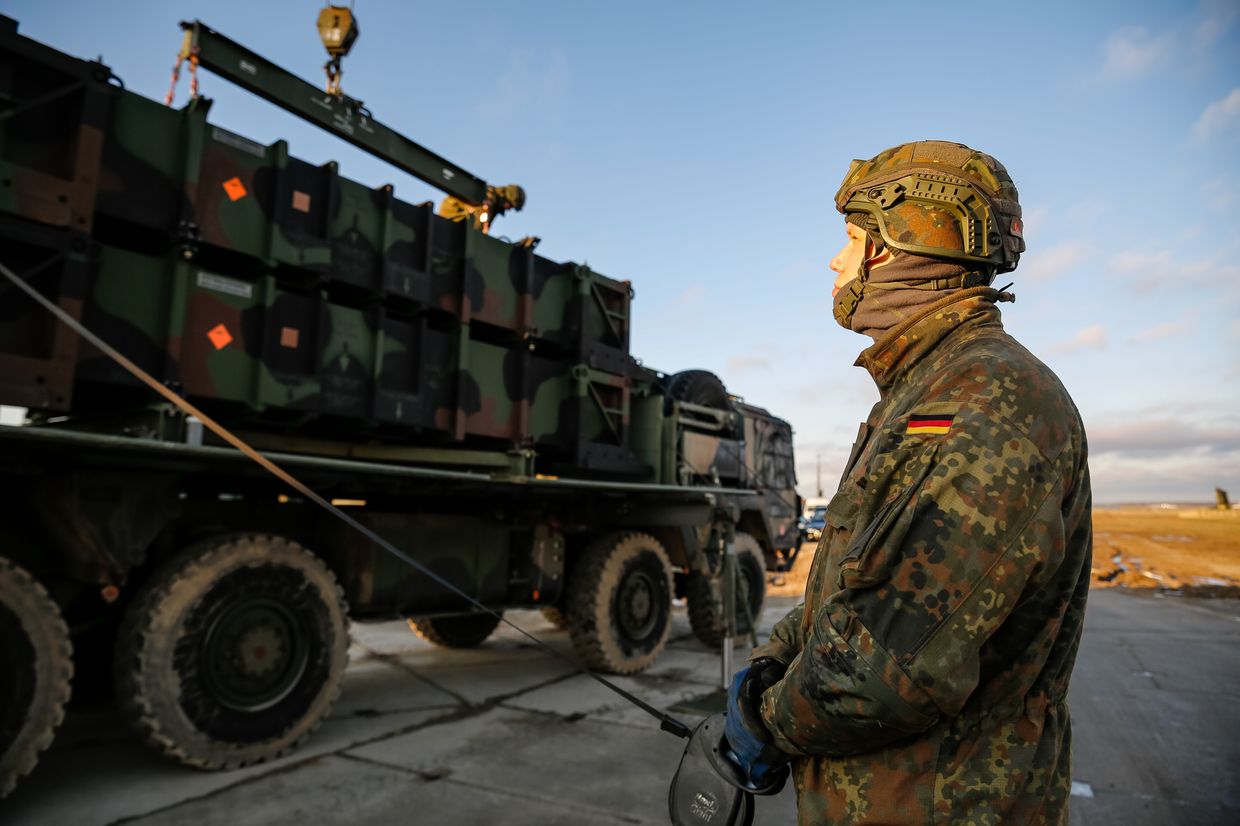
“It wouldn't stop everything but it would maybe stop the most dangerous attacks,” Cancian told the Kyiv Independent.
The U.S. has received about 1,900 PAC-3 Patriot missiles, which are the most up-to-date variants, and produces about 20 a month, Cancian said.
But the real concern is if the U.S. does shut off its military aid to Ukraine, again, as it did in February after the Oval Office clash with President Volodymyr Zelensky.
“The Europeans will always produce some, so it’s not like Ukraine would have nothing,” Cancian said.
“But obviously what the Ukrainians want, understandably, is more.”
Luigi Scazzieri, a senior policy analyst for defense at the Paris-based European Union Institute for Security Studies, pointed out that another key question is whether the U.S. would greenlight Europe to hand over the U.S. interceptors produced in Europe to Ukraine.
“That could be a significant source of supply and there are signs that the U.S. is willing to do so – earlier this month it allowed Germany to transfer Patriots to Ukraine,” Scazzieri told the Kyiv Independent.
“This is a priority area for Europe both because of Ukraine’s own urgent needs and because this is recognized as a gap in Europe’s own defenses.”
Infighting around EU rearmament undermines grand ambitions for European defense
Despite grand plans, the European Union’s hoped-for rearmament remains fully dependent on member nations stepping up their own defenses. In March, European Commission President Ursula von der Leyen announced an 800-million-euro “Rearm Europe” plan to build out a defense architecture that has depended on the U.S. since the

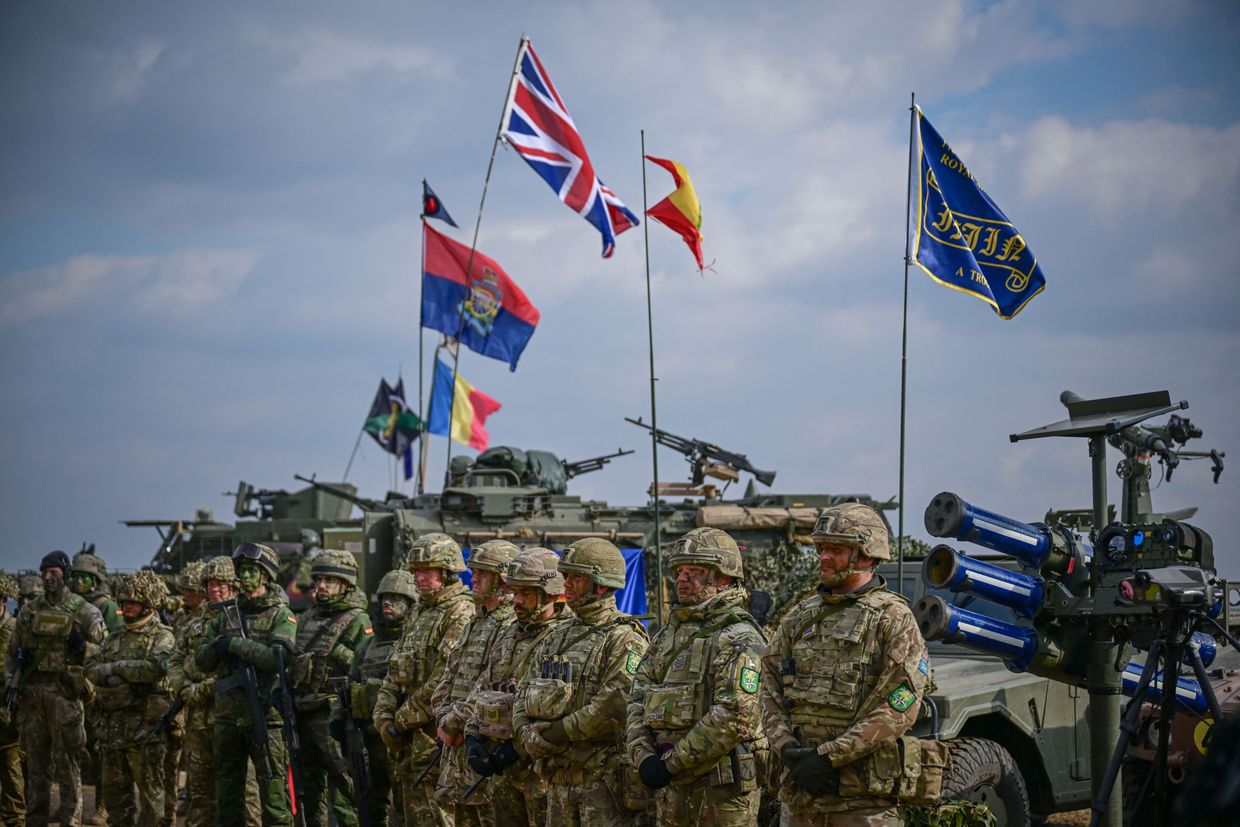

.png)
 German (DE)
German (DE)  English (US)
English (US)  Spanish (ES)
Spanish (ES)  French (FR)
French (FR)  Hindi (IN)
Hindi (IN)  Italian (IT)
Italian (IT)  Russian (RU)
Russian (RU)  1 day ago
3
1 day ago
3


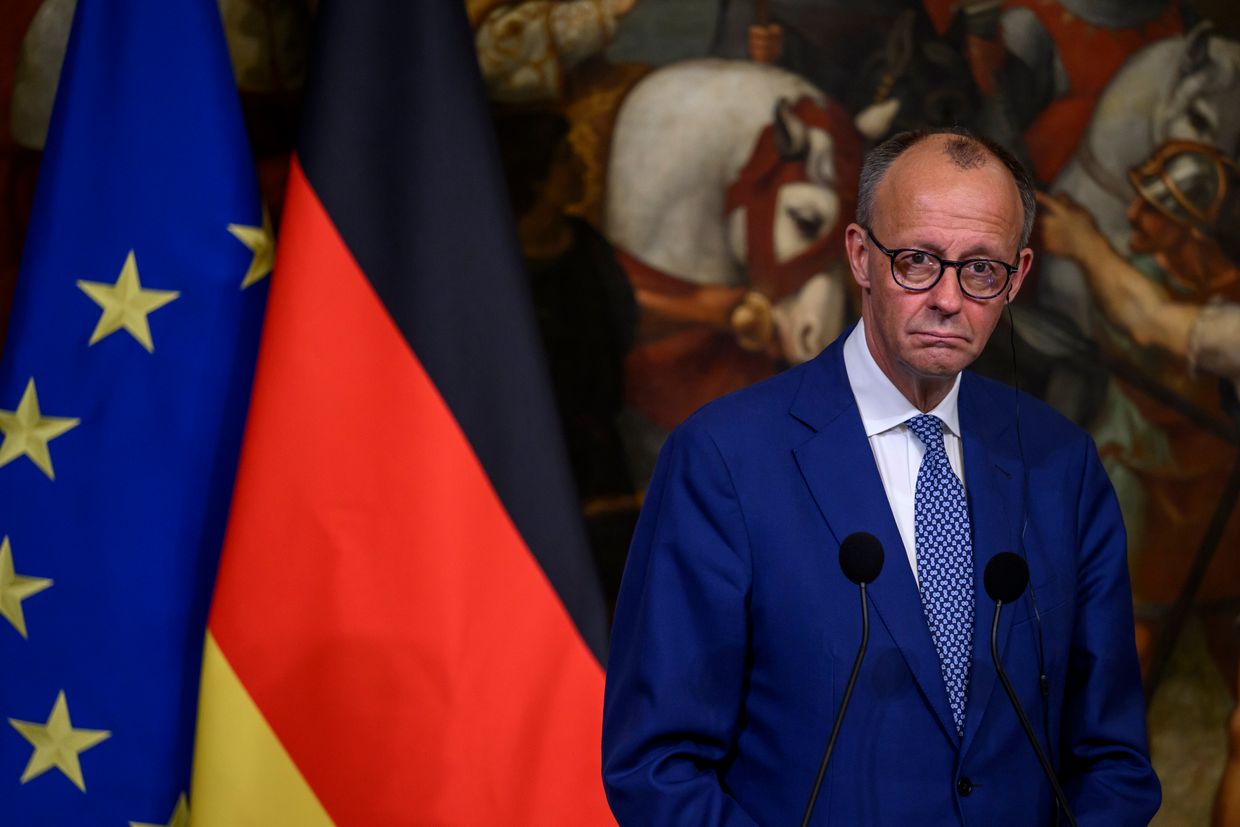
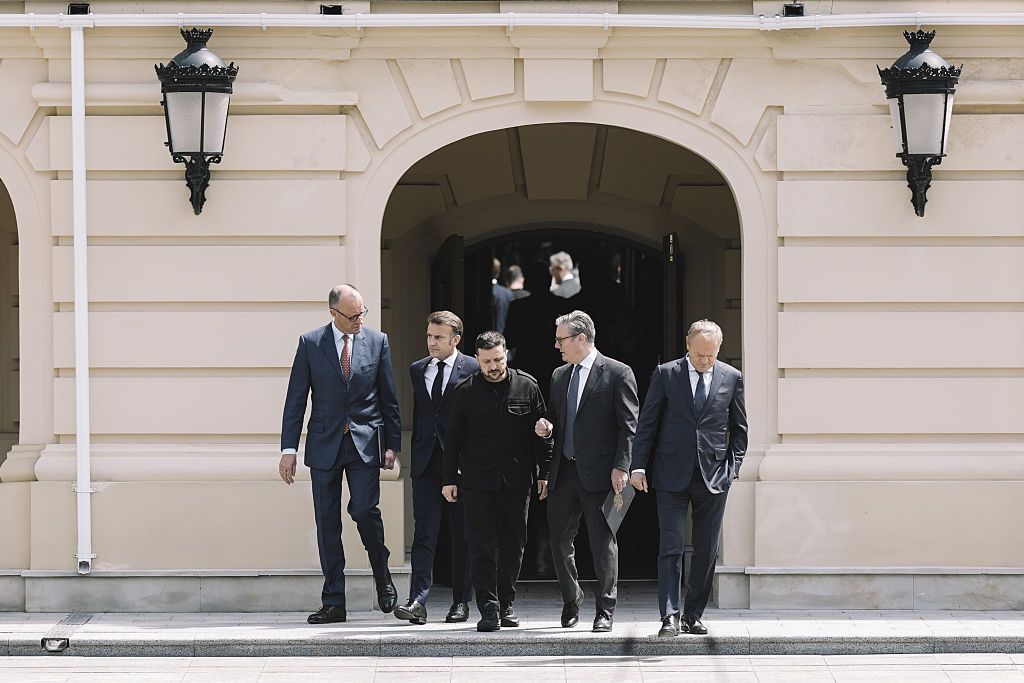

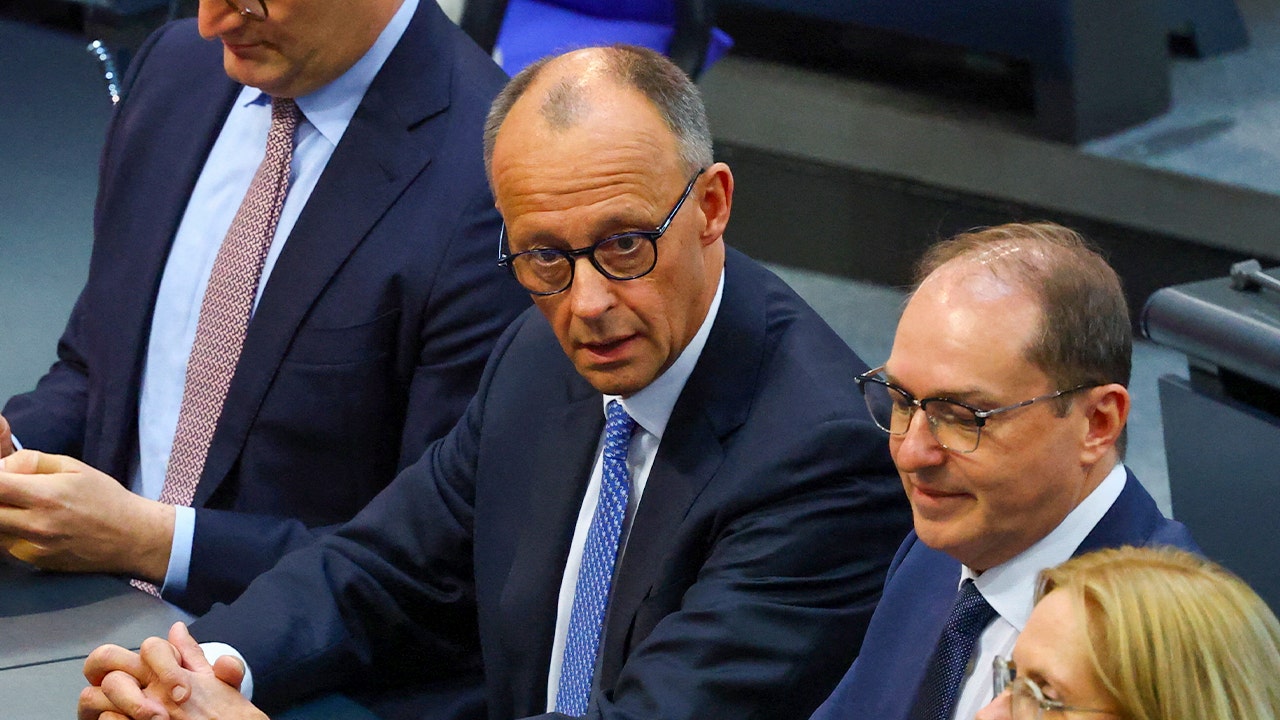


Comments